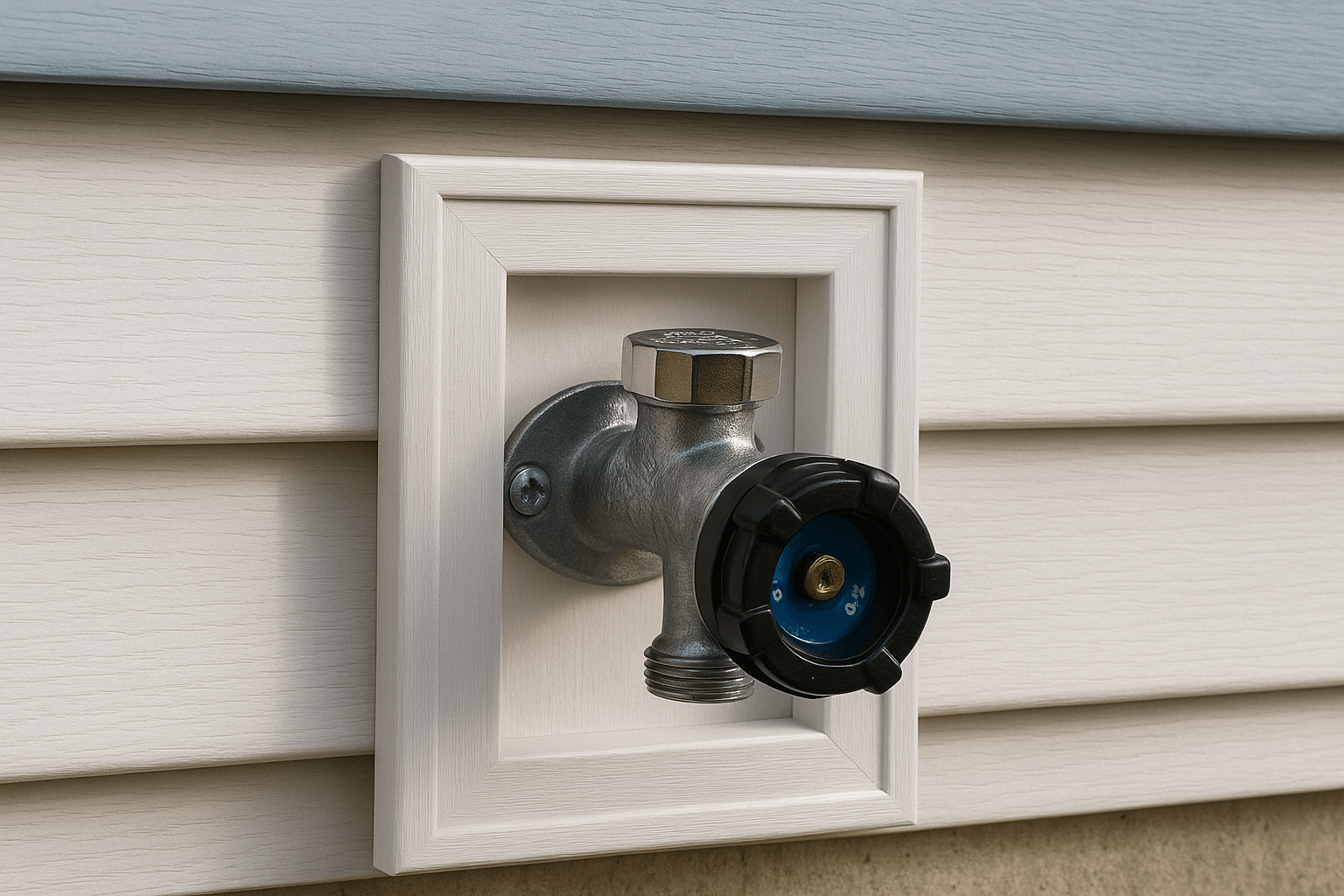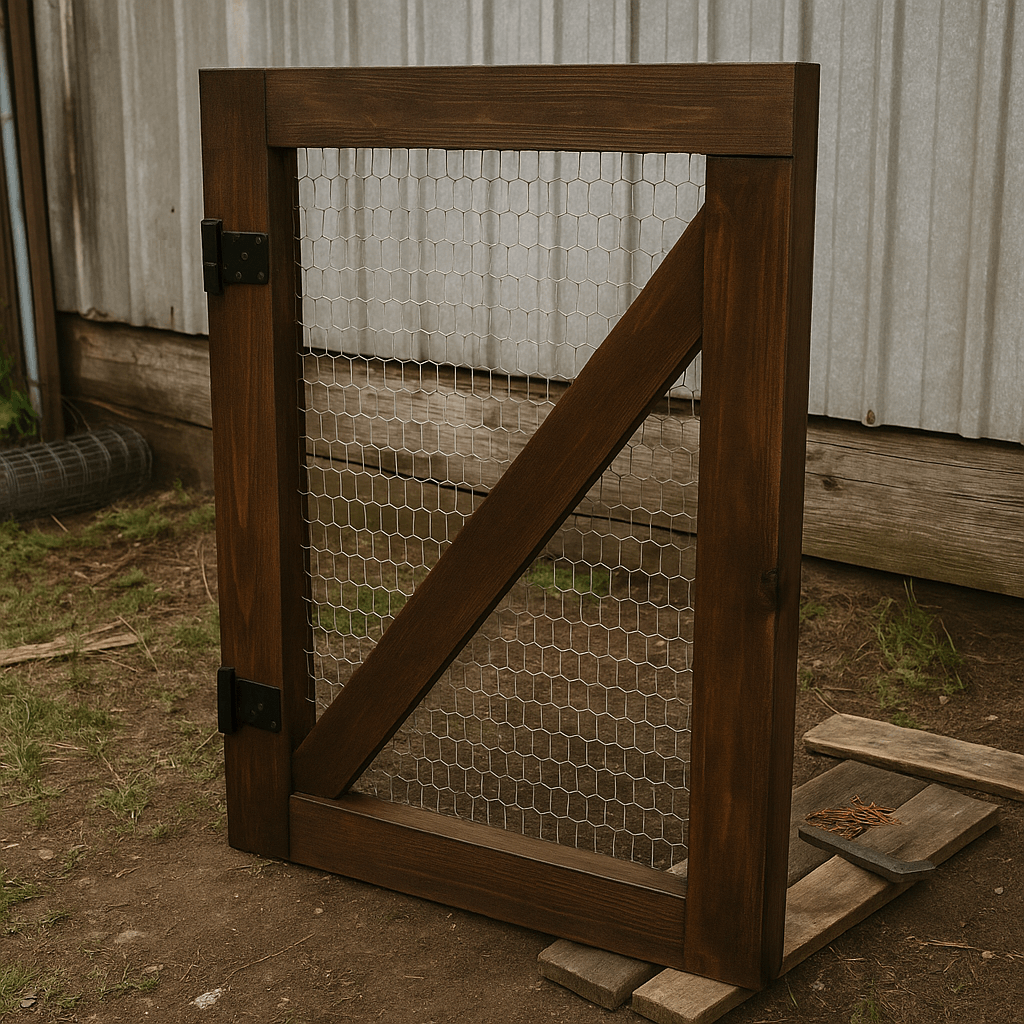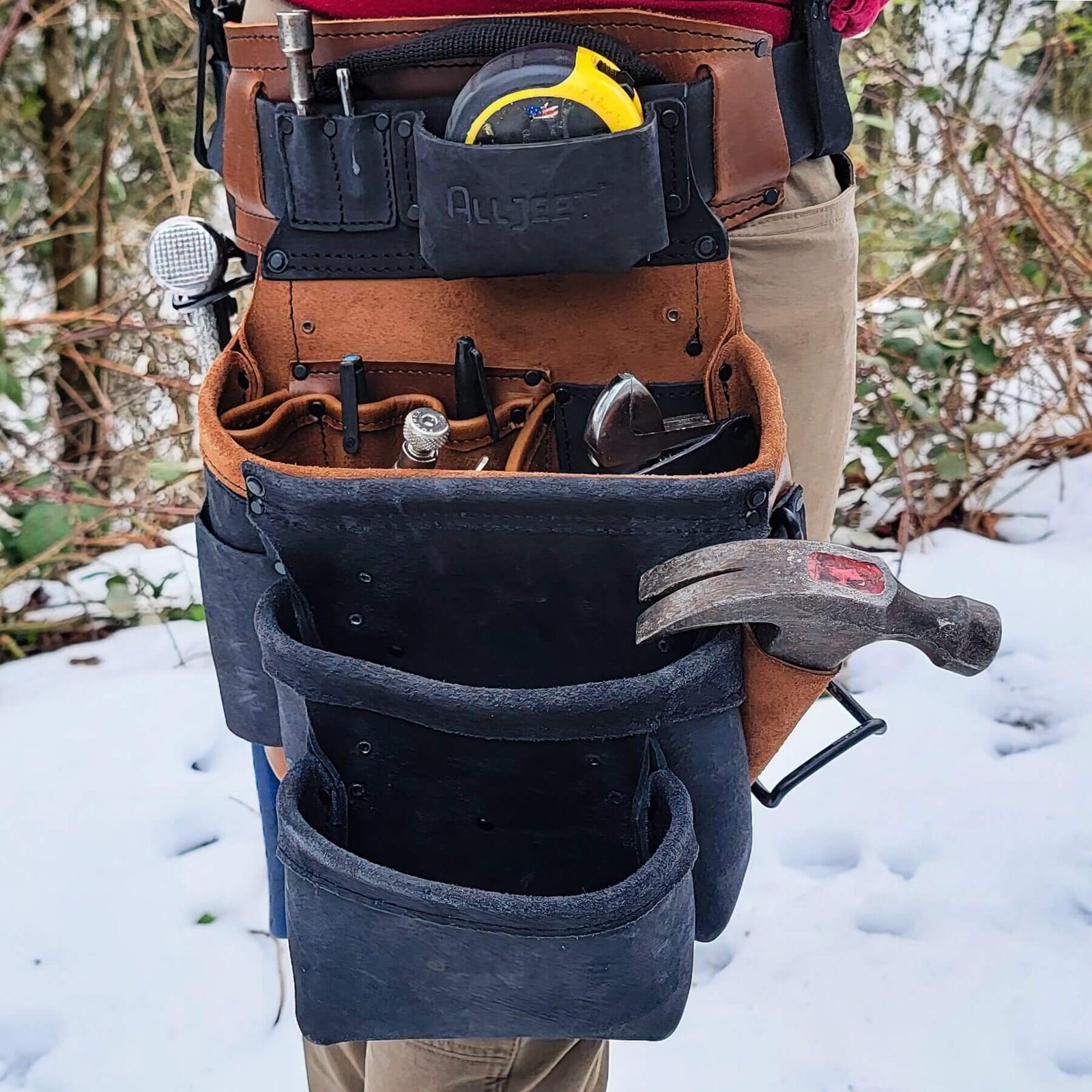How We Installed a Soffit Under a Deck to Keep Pigeons Out
Pigeons can be a real nuisance for homeowners, especially when they decide to make their home under your deck, leaving droppings and a mess everywhere. That’s exactly what happened to one homeowner, and we came to the rescue by installing a soffit under the deck to keep those pigeons out for good! In this detailed guide, we’ll take you through the process and share some helpful tips to ensure your soffit installation is a success.
Step 1: Pressure Washing the Area
Before getting into the actual installation of the soffit, it was essential to clean up the area. There was a thick layer of pigeon poop on the concrete slab beneath the deck. We started by using a pressure washer to thoroughly clean the slab, as well as all the surrounding beams and joists. We didn’t want to seal in any of the bird mess, as that could lead to unpleasant odors and future issues.
Tip: Always clean the area under the deck before installing anything. Sealing in dirt, debris, or bird droppings could lead to trapped odors or even attract pests.
Step 2: Adding 2x4 Blocking for a Cleaner Look
The next challenge was how to install the soffit without unsightly joints. Standard soffit panels only come in 12-foot lengths, but the deck was over 28 feet long. This meant that if we ran the soffit perpendicular to the joists, there would be three visible joints, which we wanted to avoid for aesthetic reasons.
To create a seamless look, we added 2x4 blocking in between the joists. This allowed us to run the soffit panels parallel to the joists, eliminating any joints. Although this took an extra 5 hours of work, it was definitely worth the time for the cleaner, more professional result.
Key Tip: We placed the 2x4 blocking every 16 inches on center (O.C.), which was recommended by the soffit manufacturer. Always check with your soffit supplier for their specific installation requirements.
Step 3: Installing the Soffit with Room for Expansion
When working with vinyl soffit, it’s important to leave room for expansion due to temperature changes. We made sure to leave a minimum of 1/4 inch (6mm) gap on each side of the soffit panels. The J-channel we used was 3/4 inch deep (19mm), which gave us plenty of coverage to keep everything in place while allowing for movement.
We used nails to secure the soffit to the blocking, ensuring the nails were placed in the middle of the nailing slots. This ensures that the vinyl can expand and contract without warping or cracking.
Pro Tip: Always follow manufacturer instructions for installing vinyl soffit. In sunny locations, aluminum or wood soffits may be a better choice since they don’t expand as much. However, vinyl soffits are more scratch-resistant than aluminum, so choose the option that works best for your climate and aesthetic preferences.
Step 4: The Soffit Installation Process
With the prep work complete, we started installing the soffit panels. We chose solid vinyl soffit since ventilation wasn’t required for this particular deck. The deck was completely waterproof, and there was plenty of space for moisture to evaporate naturally.
Materials We Used:
- J-channel: 3/4 inch deep for secure soffit coverage.
- Vinyl soffit panels: Great for durability and low maintenance.
- Nails: Placed in the middle of the nailing holes to allow for movement.
After all the panels were in place, the pigeons attempted to return for one last time, only to find that their old nesting spot had been completely sealed off. Sorry, pigeons — no more home for you here!
Why Vinyl Soffit is a Great Option
Vinyl soffit is an excellent choice for soffit installations because it’s:
- Durable: Will last for years without needing to be replaced.
- Flexible: Expands and contracts with temperature changes.
- Scratch-resistant: Unlike aluminum, vinyl doesn’t scratch easily.
- Low-maintenance: Requires minimal upkeep and no painting.
That said, if you’re installing soffit in a location that gets a lot of direct sunlight, aluminum or wood soffit might be a better option as they don’t expand as much as vinyl.
Final Thoughts
The entire soffit installation project took around 10 hours over two days. We’re thrilled with the results, and more importantly, the homeowner is happy that pigeons will no longer be making a mess under the deck.
If you’re dealing with a pigeon problem or just looking for a way to clean up the space under your deck, installing a soffit might be the perfect solution. Check out the full video to see how we did it step-by-step!





Leave a comment (all fields required)